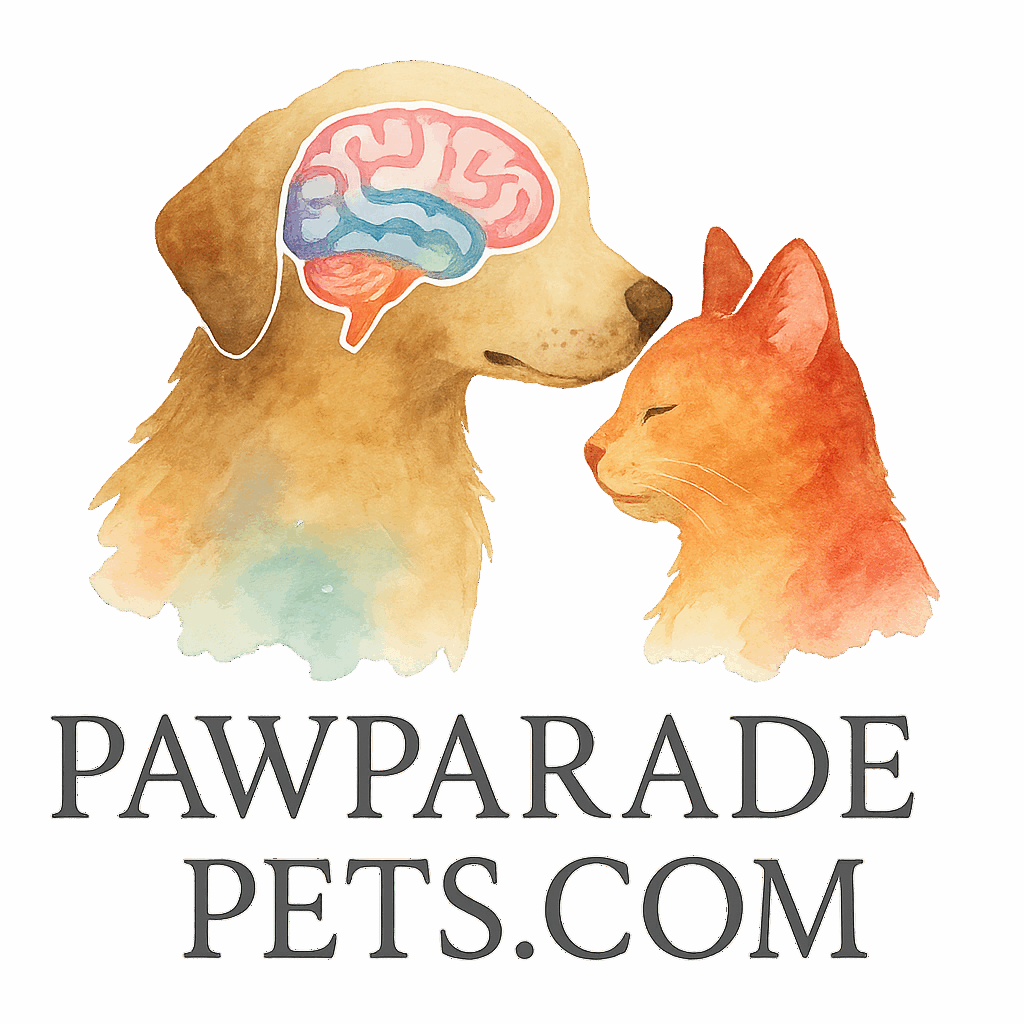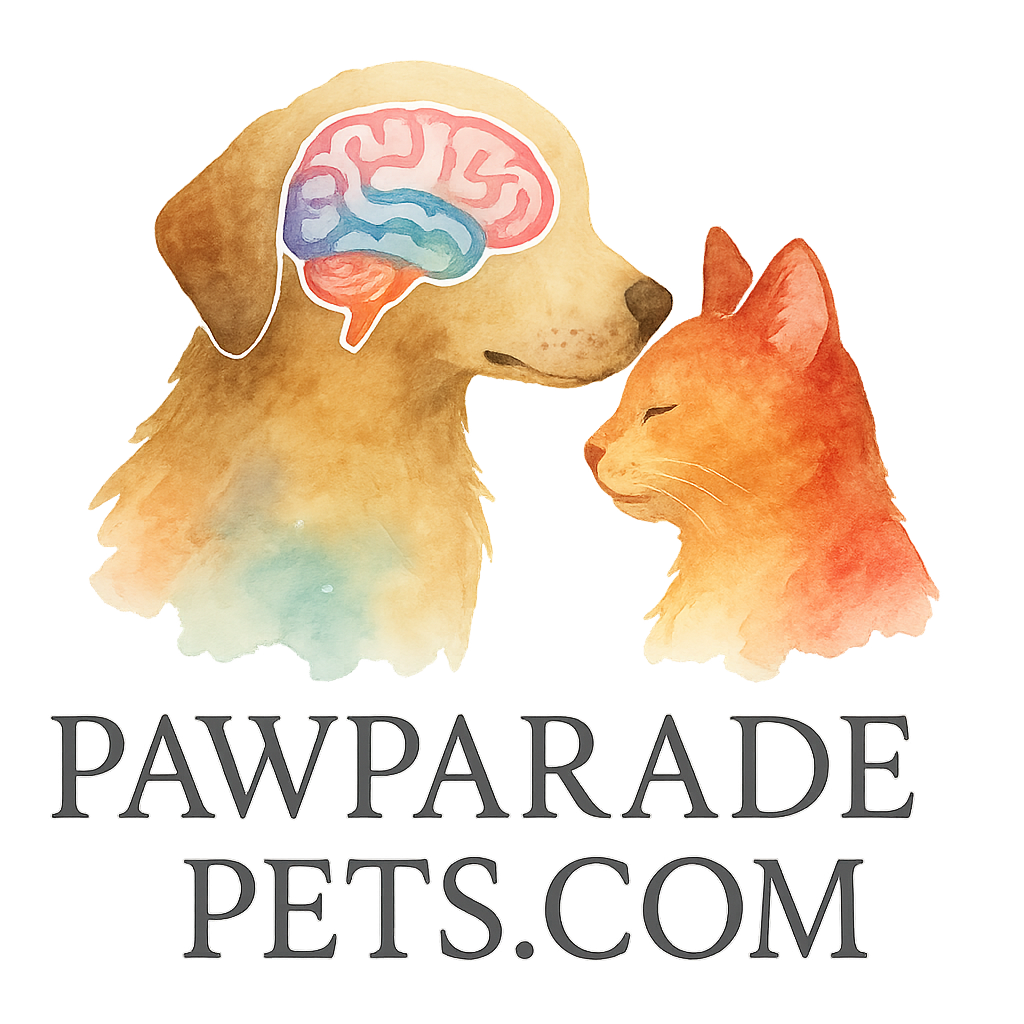Introduction: Why Brain Training Matters for Dogs
When we think about our furry friends, we often imagine walks, fetch, or maybe even agility training. But here’s the thing: dogs aren’t just bundles of energy—they’re also brilliant problem-solvers. That’s where brain training for pets comes in. Just like humans, dogs need mental workouts to stay sharp, happy, and well-behaved.
What is Brain Training for Pets?
Mental Stimulation vs. Physical Exercise
Physical exercise burns off energy, but mental exercise challenges your dog’s intelligence. Brain training is essentially a workout for your pup’s mind, using games, puzzles, and activities that make them think.
How Brain Training Enhances Dog Behavior
Brain training helps with focus, obedience, and even reduces destructive behavior. A dog that gets enough mental stimulation is less likely to chew shoes or dig up the backyard.
Benefits of Brain Training for Dogs
Reduces Boredom and Anxiety
Dogs left with nothing to do get bored—and bored dogs often misbehave. Brain training games redirect their energy into positive challenges.
Strengthens Owner-Dog Bond
Training routines are more than just play; they build trust, communication, and a stronger connection between you and your dog.
Boosts Intelligence and Problem-Solving
With regular practice, dogs become more confident in solving puzzles and understanding commands. It’s like giving them a mental gym membership.
10 Brain Training Routines for Dogs
1. The Classic “Find It” Game
How to Play the Find It Game
Hide treats around the house and encourage your dog to sniff them out. Start easy by letting them watch you hide the treat, then increase the difficulty.
Benefits of Nose Work Games
This routine taps into your dog’s natural scent-tracking skills, keeping their brain active and nose sharp.
2. Puzzle Toys and Food Dispensers
Choosing the Right Puzzle Toy
Pick toys that match your dog’s skill level. Beginners can start with treat balls, while advanced pups can graduate to multi-step puzzles.
Why Puzzle Toys Keep Dogs Engaged
Dogs love solving problems when food is the reward. Puzzle toys provide hours of entertainment and mental exercise.
3. Obedience Training with a Twist
Adding Brain Challenges to Commands
Don’t stop at “sit” or “stay.” Add variations like “sit pretty,” “spin,” or “crawl.” Mixing new commands with old ones keeps your dog’s brain firing on all cylinders.
4. Hide-and-Seek with Owners
Step-by-Step Instructions
Hide somewhere in your house and call your dog’s name. When they find you, reward them with praise or treats. This game builds problem-solving and strengthens recall skills.
5. Interactive Games with Toys
Examples of Interactive Dog Toys
Think tug-of-war ropes, treat-dispensing chew toys, or smart gadgets. These toys combine fun and brain power, making playtime more rewarding.

6. The Shell Game
Teaching Dogs to Use Their Nose and Eyes
Place a treat under one of three cups, shuffle them, and let your dog choose. This boosts memory, attention, and scent detection skills.
7. Learning New Tricks Regularly
Fun and Advanced Commands
Try teaching “put your toys away,” “high five,” or “spin.” Not only are these tricks fun, but they also enhance obedience and concentration.
8. DIY Brain Games at Home
Household Items as Training Tools
Cardboard boxes, muffin tins, and towels can turn into budget-friendly puzzle games. DIY brain games are perfect for rainy days or when you want to mix things up.
9. Advanced Cognitive Challenges
Problem-Solving Exercises for Smart Dogs
For dogs that master basic games quickly, introduce advanced tasks like opening doors, pressing buttons, or using interactive gadgets from advanced cognitive challenges.
10. Social and Group Training Activities
Why Dogs Learn Faster with Other Dogs
Dogs are social learners. Group training classes or playdates provide mental stimulation and teach them problem-solving in social contexts.
Tools and Toys for Brain Training
Interactive Gadgets and Smart Devices
Modern tech offers smart feeders, robotic toys, and other gadgets that keep dogs busy even when you’re not home.
Best DIY Alternatives
Not into high-tech? Simple homemade toys can be just as effective. Check out ideas at tools & toys for brain training.
How to Incorporate Brain Training into Daily Life
Short Daily Sessions vs. Long Playtimes
Consistency beats intensity. Short 10-minute sessions each day are more effective than long training marathons once a week.
Mixing Physical and Mental Activities
Combine a game of fetch with obedience drills or a puzzle toy session after a walk. This keeps both body and brain active.
Common Mistakes in Dog Brain Training
Overtraining and Frustration
Pushing too hard can frustrate your dog. If they struggle, simplify the task and build confidence gradually.
Lack of Consistency
Skipping training leads to setbacks. Just like humans at the gym, progress comes from regular effort.
Conclusion
Brain training for pets isn’t just about tricks—it’s about giving your dog a happier, healthier, and more engaged life. From puzzle toys to hide-and-seek, these routines make everyday training fun and rewarding. Whether you try brain training basics or advanced activities, your dog’s tail-wagging excitement will tell you it’s worth it.
FAQs
1. How often should I do brain training with my dog?
Aim for 10–15 minutes daily to keep your dog mentally sharp without overwhelming them.
2. Are puzzle toys safe for all dogs?
Yes, but choose size-appropriate toys to prevent choking hazards.
3. Can senior dogs benefit from brain training?
Absolutely! Brain training helps older dogs stay mentally active and fight cognitive decline.
4. Do I need expensive gadgets for brain training?
Not at all—DIY options and simple toys can be just as effective.
5. What’s the best game for high-energy dogs?
Games that mix physical and mental challenges, like fetch combined with commands, work best.
6. Can brain training help with behavior issues?
Yes, it improves focus, reduces boredom, and supports behavior & obedience.
7. Where can I find more brain training ideas for pets?
You can explore more resources at Paw Parade Pets for guides, activities, and tools.


